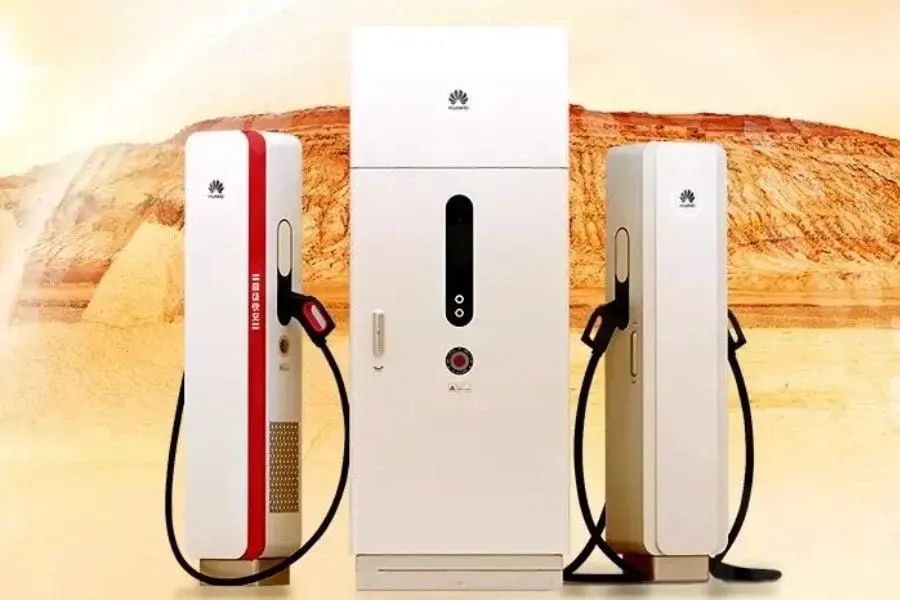Huawei recently revealed the outcomes of rigorous temperature testing for its liquid-cooled supercharging technology in China's Turpan region, an area famous for extreme heat. The evaluations were conducted in the blistering Kumtag Desert and Huoyan Mountain, where ambient temperatures hit 49.6°C (121.28°F) and surface temperatures exceeded 80°C (176°F).
Despite these punishing conditions, Huawei's supercharging technology showed impressive performance. The system maintained noise levels at 44.1 dB in standby mode and 59.5 dB while charging, even when ambient temperatures were as high as 47.1°C (116.78°F). This indicates the technology is sufficiently quiet to avoid being bothersome in everyday use.
Efficient Heat Dissipation
The standout feature of the system is its sophisticated liquid cooling technology, which efficiently dissipates the heat generated during charging, thus preventing overheating and potential malfunctions. Huawei also emphasizes its "precise temperature control algorithms," which are vital for sustaining system stability and charging efficiency.
Additional testing was carried out on 414 vehicles, delivering a cumulative 13,391 kWh of energy. These tests were nearly flawless, with almost every vehicle achieving full charge in a single attempt.
Market Implications
As the electric vehicle sector grows rapidly, the need for fast and efficient charging solutions like Huawei’s becomes increasingly critical. The EV charging infrastructure is expected to receive substantial investment, with over $12 billion projected for the US market alone by 2030. Huawei's technology could be instrumental in this expansion.
Future Prospects
It’s crucial to note that this technology is still in its nascent stages. Specific details regarding real-world deployment, exact charging speeds, and compatibility with various electric vehicle models remain undisclosed.
While these tests provide an encouraging glimpse into the future of EV charging, further information is needed to fully assess Huawei's supercharging solution.


Leave a Reply